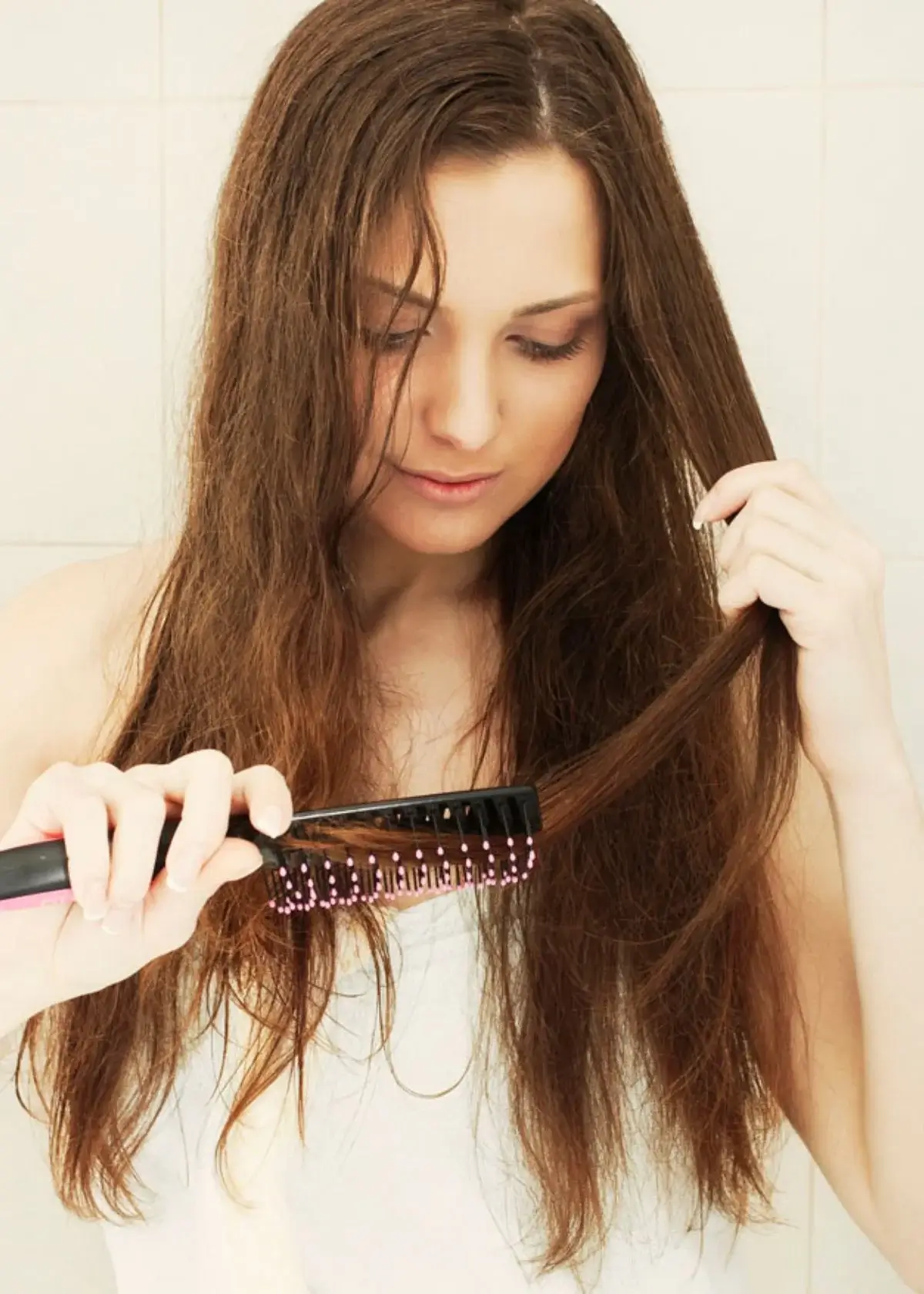Hair loss can be a daunting and overwhelming experience for many, especially for those who love to experiment with different hairstyles or nurture their locks. However, it's essential to understand that you're not alone and that there are numerous measures you can take to minimize the damage. One such measure is to choose the right hairbrush that doesn't cause further damage to your delicate, fragile hair. Knowing what to look for can be challenging with so many hairbrush options. Read on to discover what attributes to consider when choosing a hairbrush if you're experiencing hair loss.
Brush Material:
Regarding hair loss, brush material is as essential as the bristle type. Opt for gentle and soft bristles that are likely to glide seamlessly through your strands without pulling or tugging. Avoid brushes with stiff bristles that can further damage the hair follicles. Besides, you should avoid brushes made from metal or plastic. Instead, choose brushes made from natural materials like boar hair or horsehair. Bristles made from these materials gently stimulate the scalp, thereby increasing blood flow to the hair follicles.
The Brush Shape:
The shape of your brush is an essential element to consider when selecting the right brush for hair loss. The brush's design should be such that it fits in the palm of your hand easily. A brush with a heavy and bulky handle limits your ability to maneuver around all sections of hair. Besides, brushes with a curved shape have become increasingly popular because they mimic the scalp's shape, effortlessly gliding through your hair without causing any unnecessary tension or stress.
Size of Bristles:
When selecting a brush for hair loss, it's vital to examine the size of the bristles to understand which one is best suited for your hair type. For instance, if you have thin hair, opt for a brush with more minor, closer bristles than a larger one. A short bristle length reduces the possibility of hair snagging or tangling around the brush, ultimately stopping hair damage.
Anti-Static Properties:
Static electricity can cause excessive hair loss. Therefore, when choosing a hairbrush, opt for one with anti-static properties. Brushes made from materials like wood or rubber reduce the buildup of static electricity, which otherwise causes hair to frizz and stick out.
Scalp Care:
Investing in a hairbrush that cares for your scalp can reduce hair loss. A quality hairbrush should be designed in such a way that it massages your scalp while brushing. The massage action stimulates blood flow to the hair follicles, ultimately promoting healthy hair growth. Some brushes also have a built-in scalp treatment to alleviate scalp issues like dryness, itching, and flaking.
Don't let the fear of hair loss hold you back from rocking different hairstyles or nourishing your locks. Choosing the right hairbrush goes a long way in minimizing hair damage and promoting hair growth. When selecting the right brush for your needs, remember to consider the brush material, the brush's shape, the size of the bristles, anti-static properties, and scalp care. With this knowledge, you can confidently choose the perfect brush to nurture and cherish your delicate, fragile, and beautiful hair.
Losing hair can be a frustrating experience, but it's important to remember that help is out there. When it comes to finding the right brush for hair loss, it can feel overwhelming with all the available options. But fear not, because we've researched and found the best brush for hair loss. With this brush, you can say goodbye to pulling and tugging and hello to gentle detangling that supports healthy hair growth. Click the link to discover your new favorite brush and start your journey towards more robust, healthier locks.
What is the ideal brush cleaning routine to maintain its effectiveness?
To ensure your brush remains effective, establish a regular cleaning routine. Start by gently removing trapped hair using a comb or your fingers. Subsequently, immerse the brush in warm, soapy water for about 15 minutes, allowing the soap to break down oils, dirt, and residue. Employ an old toothbrush for a delicate scrubbing of the bristles. Afterward, rinse the brush thoroughly, pat it dry, and then leave it to air dry altogether before the subsequent use.

What are the differences between natural and synthetic bristle brushes for hair loss?
The disparities between natural and synthetic bristle brushes are significant concerning hair loss. Natural bristle brushes, often crafted from materials like boar or other animal hair, are renowned for their gentleness on the scalp. They excel at efficiently distributing natural oils along the hair shaft, which aids in overall hair health. Conversely, synthetic bristle brushes are better suited for those with thicker hair types. They are often employed for detangling and styling as they create less static, reducing the likelihood of hair breakage.

What are the best practices for detangling hair to prevent breakage and loss?
Detangling your hair correctly is crucial to avoid breakage and hair loss. Initiate the process using a wide-toothed comb or a brush with flexible bristles, which will help gently work out tangles. Begin at the ends of your hair and gradually work your way up to the roots. Applying a detangling spray or conditioner can significantly aid in making the process smoother and less damaging. It's recommended to perform detangling while your hair is damp and to use high-quality detangling tools, as this helps maintain the integrity of your hair and minimizes unnecessary stress on it.

How can I identify if I'm using the wrong brush for my hair type and hair loss concerns?
Identifying whether you use the wrong brush for your hair type and hair loss concerns is essential in addressing potential issues. Look out for telltale signs such as hair that remains tangled or knotted after brushing, discomfort or irritation on your scalp, or a noticeable increase in hair shedding. These indicators suggest that your current brush is unsuitable for your hair type and is causing damage. In such cases, consider seeking advice from a professional hairstylist or dermatologist who can assess your specific needs and recommend an appropriate brush type that suits your hair type and minimizes damage and loss.

How do I properly sanitize a hairbrush to prevent loss?
Maintaining proper cleanliness and sanitation of your hairbrush prevents hair loss and ensures scalp health. Begin by regularly removing hair buildup from the bristles, facilitating the cleaning process. Then, wash the brush using mild shampoo and warm water. Use an old toothbrush to scrub the bristles and gently remove any remaining residue. Rinse the brush thoroughly, ensuring no shampoo residue is left behind, and allow it to air dry completely before the subsequent use.
Should I replace my current brush with one designed for hair loss prevention?
If you are experiencing concerns related to hair loss, consider replacing your current brush with one specifically designed for hair loss prevention. These specialized brushes often incorporate flexible bristles and scalp massage capabilities. These features can help minimize hair breakage, stimulate blood flow to the scalp, and promote overall hair health. It is advisable to consult with a professional hairstylist or dermatologist to evaluate your specific condition and receive personalized recommendations for your hair care routine, including choosing a brush designed for hair loss prevention.







